1 Overview
1.1 Concept of Internet of Things
Definition of Internet of Things: through devices such as electronic tags (RFID), sensors, two-dimensional codes, etc., connected to a wireless network through an interface, so as to give intelligence to objects, can realize the communication and dialogue between people and objects, or To achieve communication and dialogue between objects.
The Internet of Things fully uses the new generation of IT technology in various industries, specifically, embeds and equips sensors in power grids, railways, bridges, tunnels, highways, buildings, water supply systems, dams, oil and gas pipelines, etc. In this kind of object, the "Internet of Things" is then integrated with the existing Internet to realize the integration of human society and physical systems.
Three characteristics of the Internet of Things:
u Comprehensive perception;
u Reliable delivery;
u Intelligent processing.
The strategic significance of China's development of the Internet of Things:
u The sensor network of the Internet of Things guarantees homeland security;
u Actively promote the integration of industrialization and informatization;
u Seize the commanding heights of the third wave of the information industry.
The development of the Internet of Things:

Figure 1.1 The development of the Internet of Things
Governments across the country quickly responded:
u Premier Wen Jiabao proposed: The Internet of Things can achieve "full perception, reliable transmission, intelligent processing";
u Chongqing: Published the "Chongqing Mobile E-Commerce Development Plan", "Information and Industrialization Integration Pilot Zone 2009 Work Plan", "Notice on Accelerating M2M Application Promotion Work in Combination with the" Informatization and Integration "Pilot Zone Construction" and other documents ;
u Jiangsu: At the Jiangsu Leading Cadres Learning Conference just held, Secretary of the Provincial Party Committee Liang Baohua listed the sensor network as one of the six emerging industries in the province's key cultivation and development, and proposed "to strive to break through core technologies and accelerate the establishment of Industry Base";
u Guangdong: Actively participate in the formulation of national standards for the Internet of Things, promote the application of RFID technology and industrial development, strengthen the cooperation of RFID applications in Guangdong and Hong Kong, promote the integration of logistics services and facilitate customs clearance in Guangdong, Hong Kong and Macao, and plan to build an IoT digital home for 5 years;
u Shanghai: The "Shanghai Municipality Promoting the Development of E-Commerce" was released, relying on information technology to accelerate the linkage between manufacturing and logistics. Focus on the construction of "Internet of Things" and promote the application of RFID, GPS, GIS, wireless measurement and control, digital clusters, sensor networks and other technologies in the "Internet of Things";
u Beijing will focus on promoting the construction of "Capital City Emergency Management Internet of Things Demonstration Project" and gradually build the city's emergency management Internet of Things platform.
Internet of Things major:
As a new round of information technology revolution, the Internet of Things has become a national strategy. Therefore, as China's "Internet Era" transitions to the "Internet of Things Era", the cultivation of talents as a fundamental element of the development of the Internet of Things is particularly critical.
In 2010, the Ministry of Education announced the approval of 140 new undergraduate majors related to strategic emerging industries in colleges and universities. Among the list of new undergraduate majors, the “Internet of Things†has become the most popular, and colleges and universities have opened related majors.
1.2 Typical Technology Architecture of Internet of Things
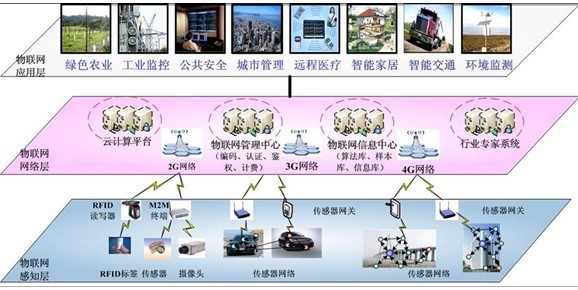
Figure 1.2 Three-layer architecture of the Internet of Things
The three-tier architecture of the Internet of Things:
n Application layer
² Data mining
² Calculation decision
n Network layer
² Converged access
² Information storage
n Perception layer
² Embedded
² Marking, perception
² Collaboration and interaction
2. Introduction to the Internet of Things Lab
2.1 IoT professional talent training requirements
u Master the knowledge and basic theories and methods related to the Internet of Things.
u Master the basic knowledge and basic skills of the Internet of Things, and understand the development frontiers and trends of the Internet of Things technology.
u Familiar with the relevant international and national standards of the Internet of Things.
u Master the necessary knowledge and professional skills of RFID technology, WSN technology, positioning technology, barcode technology, sensor technology, communication technology, computer technology and so on.
u Master the basic theoretical methods of information collection, processing and fusion, communication transmission and so on.
2.2 The role of IoT laboratory construction
u It is conducive to cultivating students' innovative ability and increasing their practical ability in the application of Internet of Things.
u Provide systematic experiments and engineering training. Able to complete IoT technology basic experiments, IoT comprehensive experiments, and IoT comprehensive project training.
u In terms of cultivating students' innovative ability, it is beneficial to carry out scientific research training, competition activities, design experiments, social practice, graduation design, etc. According to the characteristics of the Internet of Things, enhance the openness and application-oriented characteristics of students' scientific research and training.
u Provide advanced equipment in the field of Internet of Things technology, and students can develop related products and systems through learning.
3. IoT Lab Architecture
Based on the principle of gradual and gradual in-depth, the Internet of Things laboratory fully applies the Internet of Things technology and environment interaction in actual learning life, and strives for students to have a solid grasp of the basic knowledge and principles of the Internet of Things in full perceptual knowledge. Students first use the smart sign-in system and smart shelves to understand the Internet of Things technology in actual learning and use, and then through the Internet of Things technology experimental platform, master the basic knowledge of GPS, GPRS, ZIGBEE, 13.56MhzRFID, UHF RFID, barcode and other technologies And communication protocol principles. Finally, the Internet of Things is applied flexibly through the training of the simulation environment, integrating various technologies, and practicing programming to effectively manage the data. Let students learn the process of feeling the Internet of Things, understanding the Internet of Things, learning the Internet of Things.
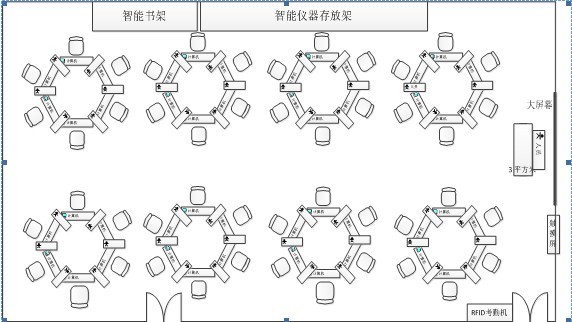
Figure 3.1 Plane schematic diagram of IoT laboratory
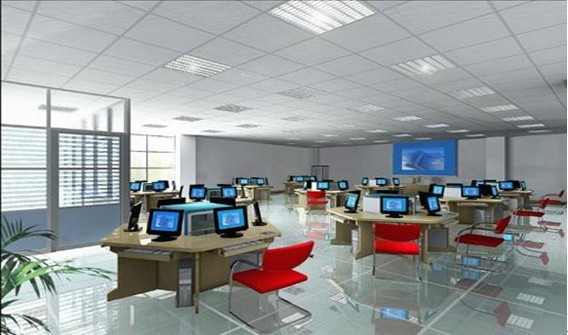
Figure 3.2 Rendering of IoT Lab
3.1 IoT technology teaching equipment
The Internet of Things laboratory includes the Internet of Things technology experiment platform, and the Internet of Things teaching and research system includes hardware resources, software resources, and experimental resources. Hardware resources include barcode recognition technology, 13.56MHz RFID module, UHF RFID module, GPRS network module, GPS positioning module, wireless sensor module and IoT gateway; software resources include IoT technology basic experiment software, monitoring gateway software, IoT Comprehensive application software and other components; experimental resources include basic Internet of Things technology experiments, barcode technology experiments, RFID technology experiments, wireless data transmission and reception experiments, communication protocol analysis experiments, and Internet of Things comprehensive experiments. Through full study of these three parts, lay a solid foundation for the application of IoT technology engineering, and through this experimental platform, extend more practical IoT technology application systems. The Internet of Things teaching and research system overcomes the shortcomings of the existing Internet of Things technology experiment system and adopts an expansion board to complete the Internet of Things technology-related experiments. The ZIGBEE experiment box is composed of multiple ZIGBEE network nodes and aggregation nodes to form an experiment system. Through targeted design for beginners, students can easily grasp the essence of ZIGBEE. In addition, the modular design and flexible configuration increase the flexibility of teaching .
3.2 Intelligent desk and chair attendance system
The laboratory includes an intelligent desk and chair attendance system that allows students to complete the check-in attendance process by sitting in their seats. During the learning process, students fully appreciate the convenience brought by the Internet of Things technology around them. Free from the activity, pay more attention to the course itself, and provide students with better teaching.
In addition, the time and attendance system can also provide environmental information in the laboratory and VIP VIP welcome information to facilitate laboratory management.
Three functions of the system:
u Laboratory student sign-in function.
u Lab environment monitoring function.
u Teaching interactive function.
3.3 Intelligent Shelf System
Two intelligent racks are stored in the laboratory to automatically scan the goods information stored in the shelves. The intelligent racks used in the Internet of Things laboratory are used to detect and intelligently manage the tagged books and the Internet of Things technology experiment boxes and systems stored in the racks. Manage experimental instruments through informational means to increase the degree of IoT in the laboratory.
3.4 Cloud-based IoT laboratory technology integration architecture
Cloud computing is the cornerstone of large-scale application of the Internet of Things technology, so this laboratory uses a cloud computing architecture. The biggest feature of the cloud computing platform is the use of SAAS service model software and the use of software to achieve virtualized management, scheduling and application of hardware resources . Users of the virtual platform use network resources, computing resources, database resources, hardware resources, storage resources, etc. in the laboratory, which is the same as using it on their own local computer, which is equivalent to operating their own computer. A large number of student computers can use thin clients to effectively reduce construction costs. The use of virtualization technology in cloud computing can greatly reduce the cost of maintaining the laboratory and increase the utilization of laboratory resources.
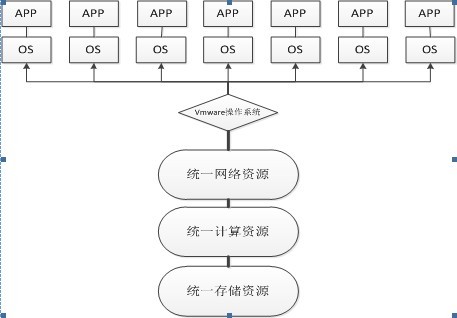
Figure 3.3 Schematic diagram of cloud computing mode integration architecture
4. Product market competitiveness
Compared with similar products in the market, this IoT laboratory construction plan has the characteristics of systemicness, comprehensiveness, economy and practicality.
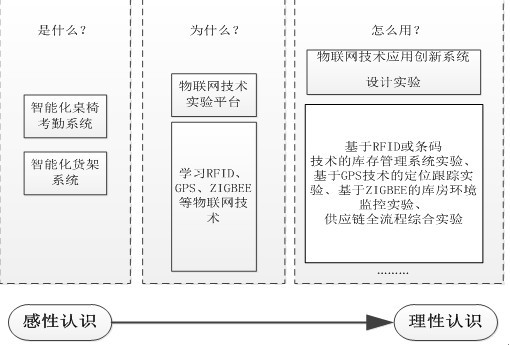
Figure 4.1 Schematic diagram of the learning process
Systematic
This IoT laboratory follows the process of students ’learning from perceptual to rational knowledge. By understanding what the IoT technology is, why the IoT technology is used, and how the IoT technology is used, there are three necessary learning links. Quality and interest in learning.
Comprehensiveness
The teaching in this laboratory involves RFID, ZIGBEE, barcode, GPS, GPRS and other commonly used IoT technology teaching, so that students can fully understand and master the IoT technology, and be fully prepared to meet the coming of the Internet of Things era.
Economy
The laboratory's computing architecture uses a cloud computing model, fully integrates computing, storage, and network resources, uses blade servers, unified storage resources, and unified network resources, and uses thin clients to effectively reduce laboratory construction costs and operation and maintenance costs.
Practicality
In the practical teaching stage, through the emergency logistics system based on the Internet of Things technology, logistics security supervision and traceability system based on the Internet of Things technology, wireless sensor network smart home security system, intelligent transportation system based on the Internet of Things technology, etc. Learn how to use the Internet of Things technology innovatively.
5. Laboratory configuration reference
Colanders And Strainers,Pot Strainer,Vegetable Steamer Basket,Vegetable Steamer Pots
Xiongyang Household Co., Ltd , https://www.xyutensil.com